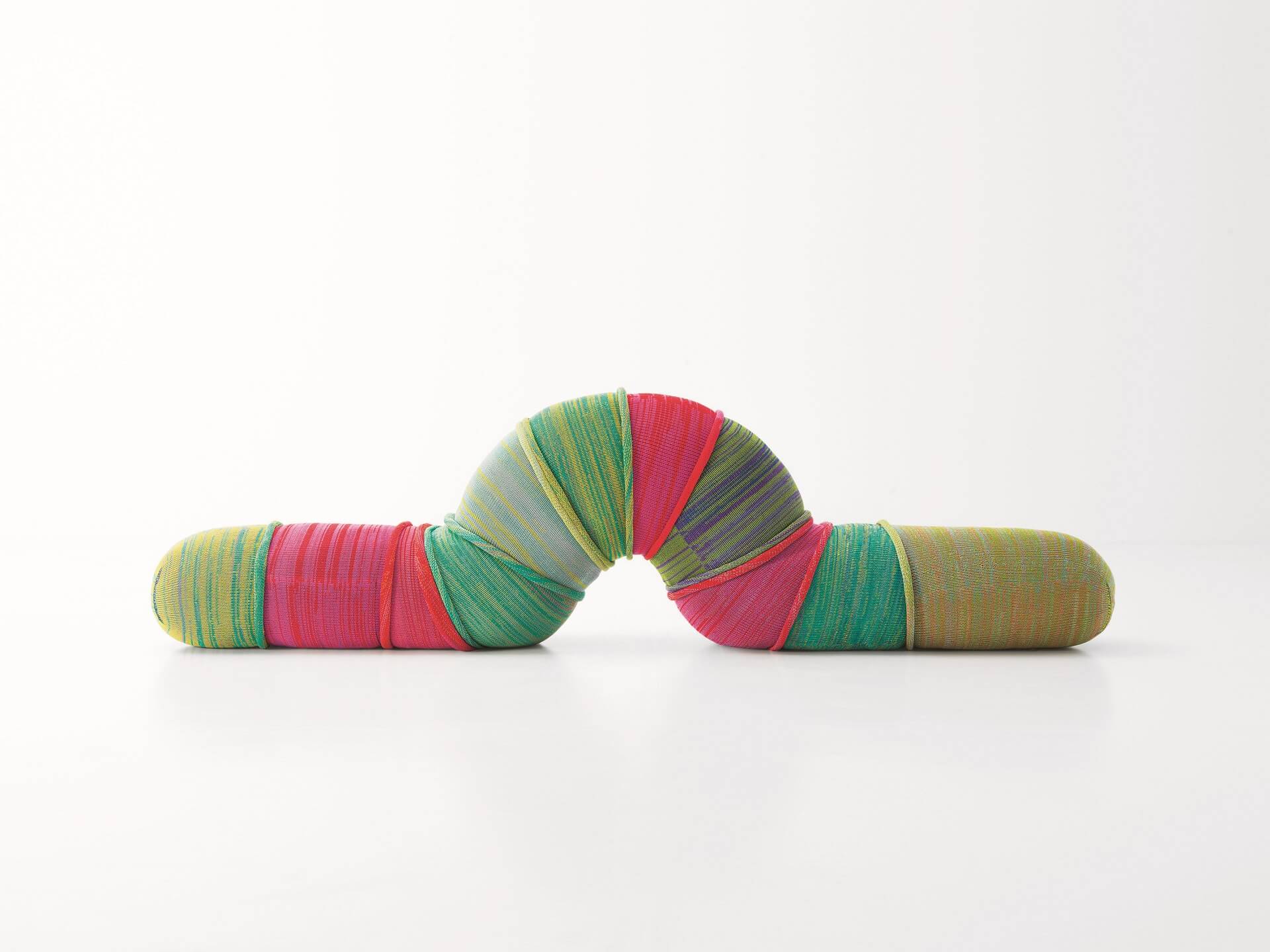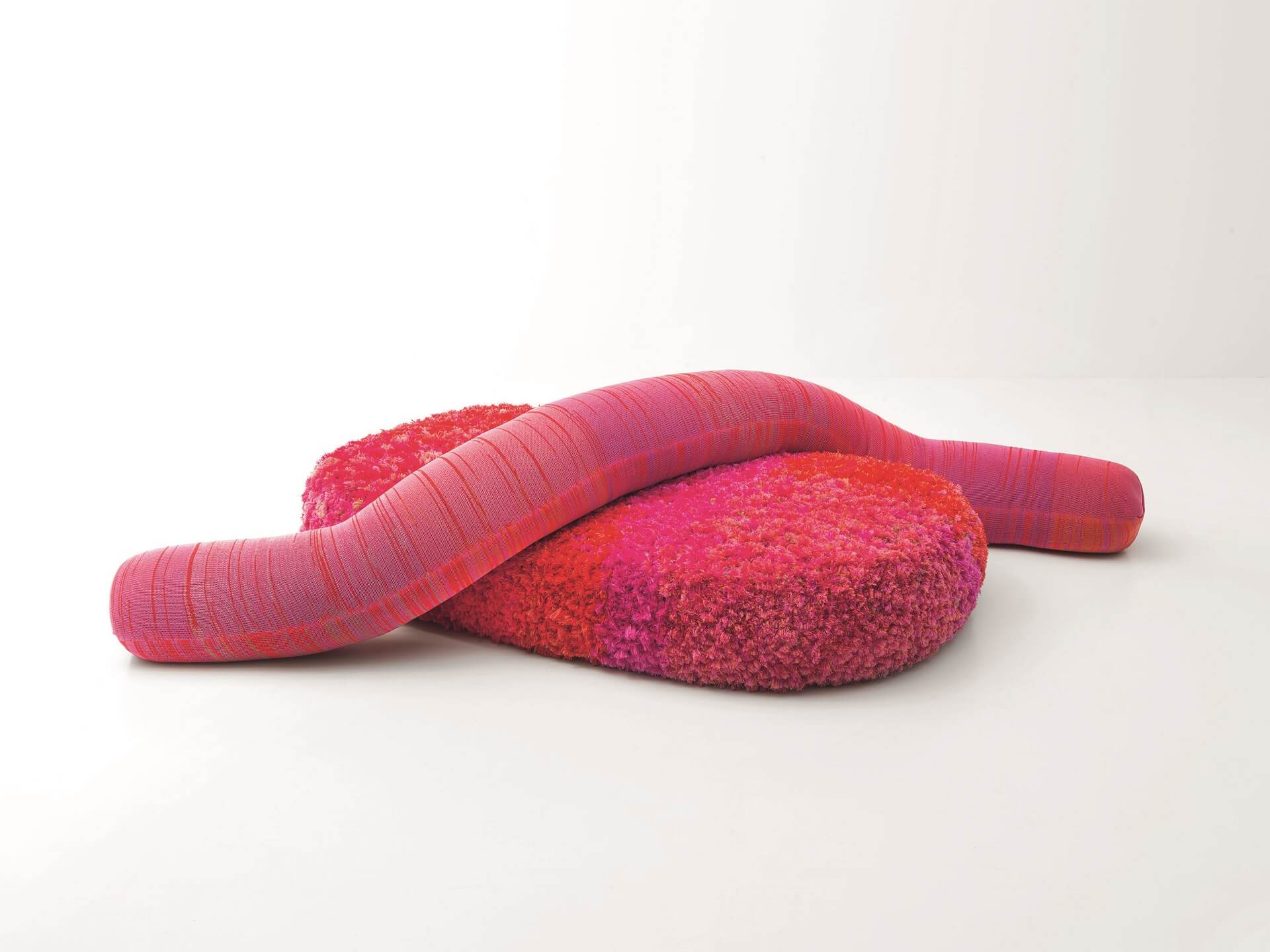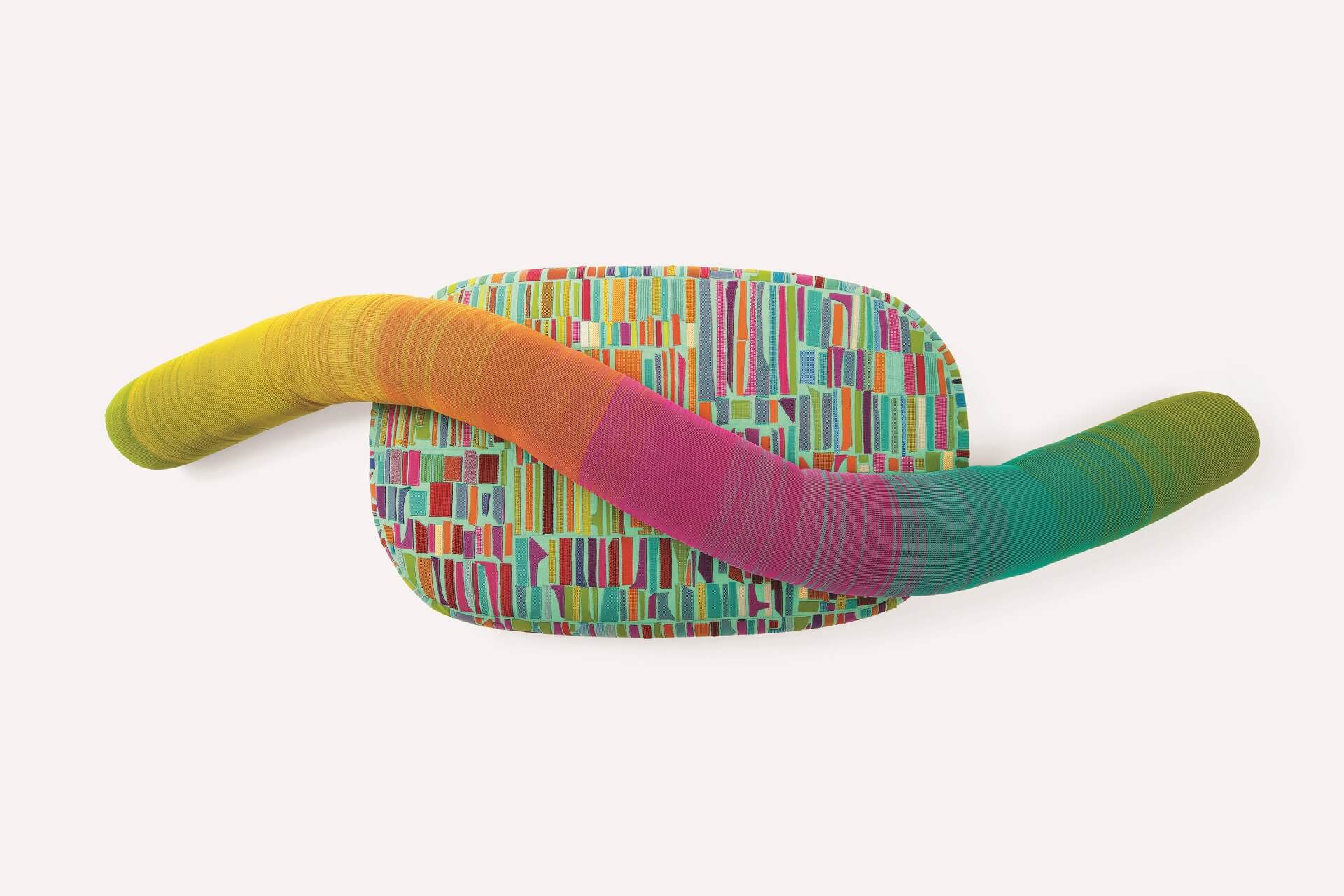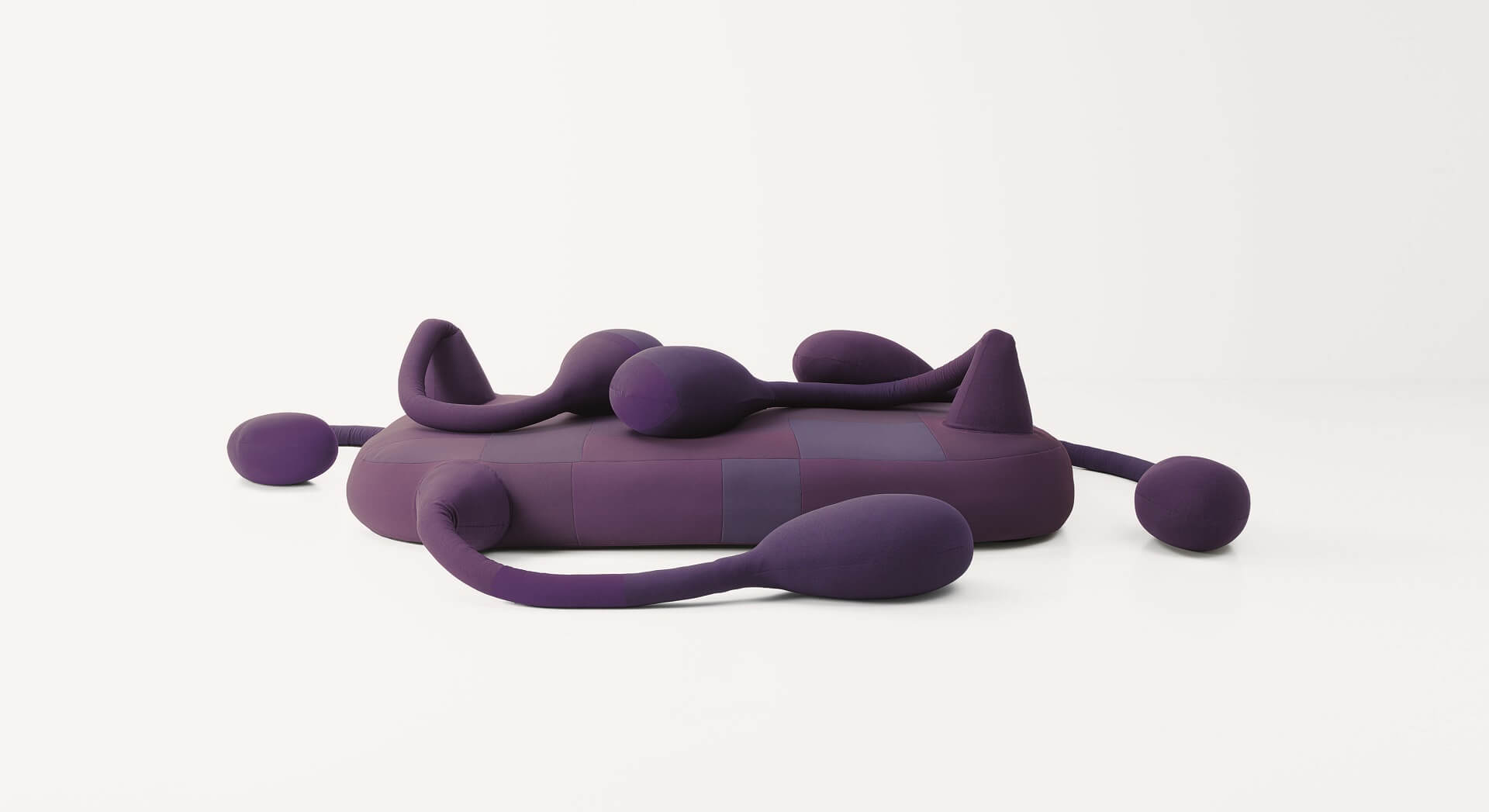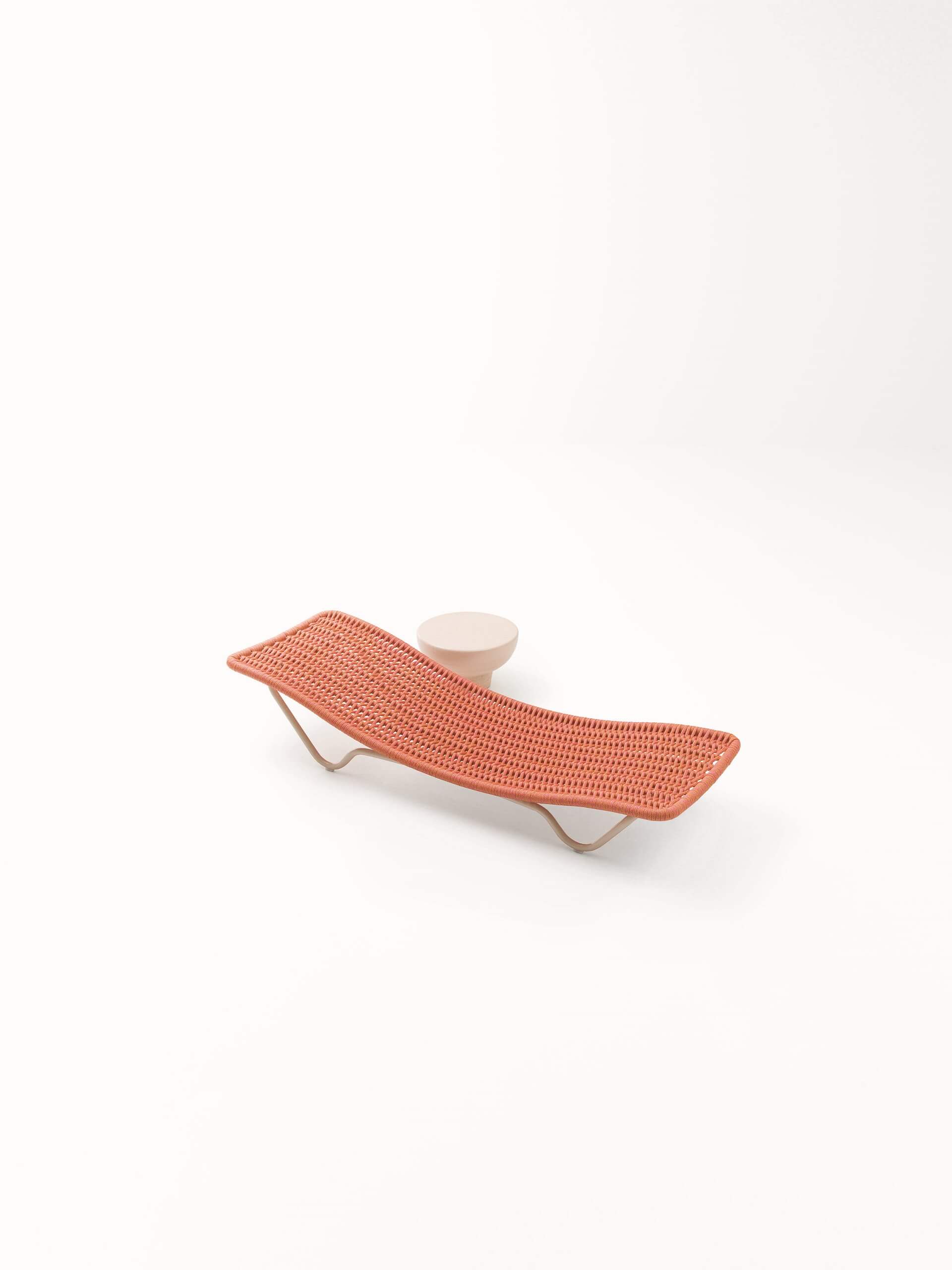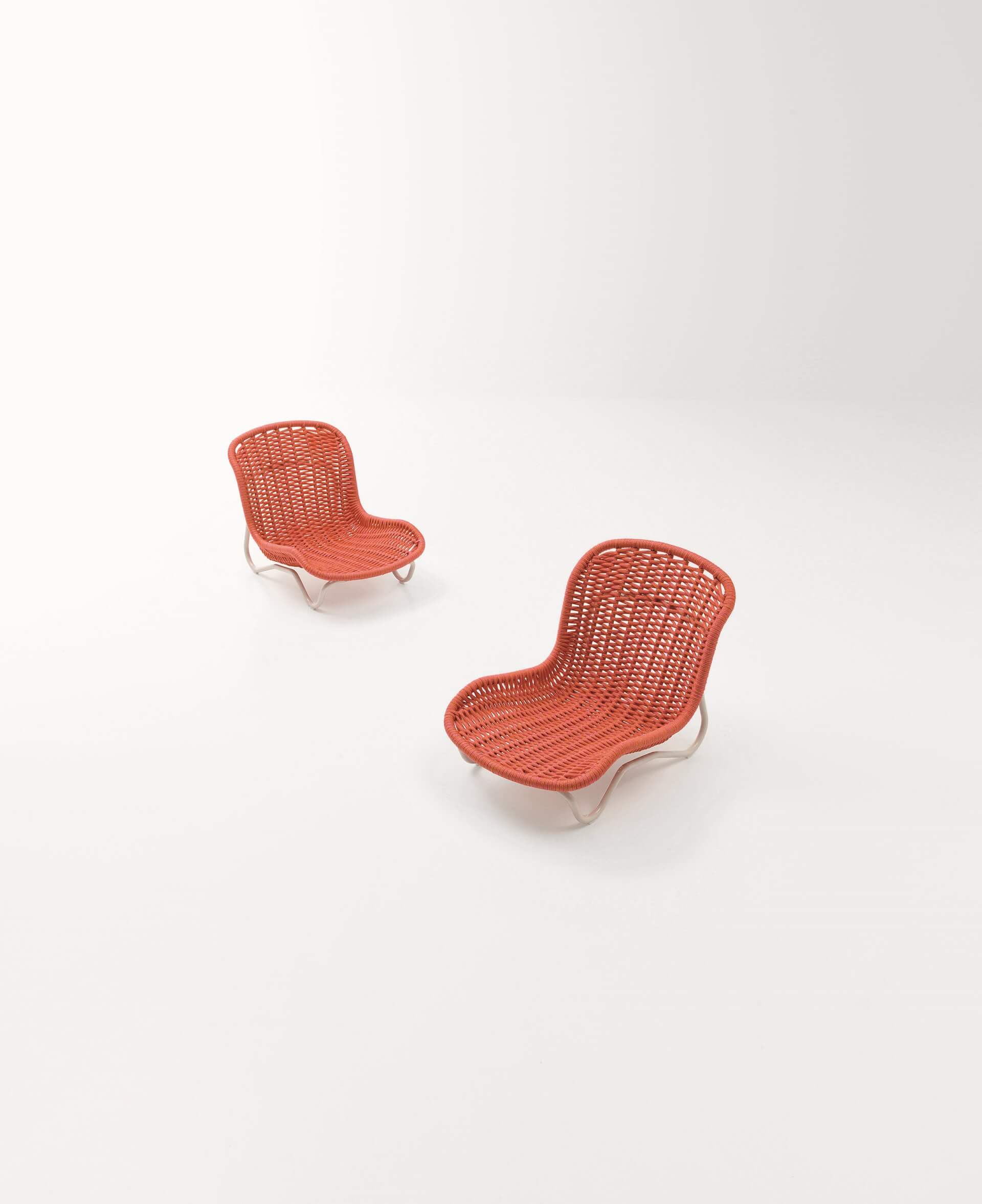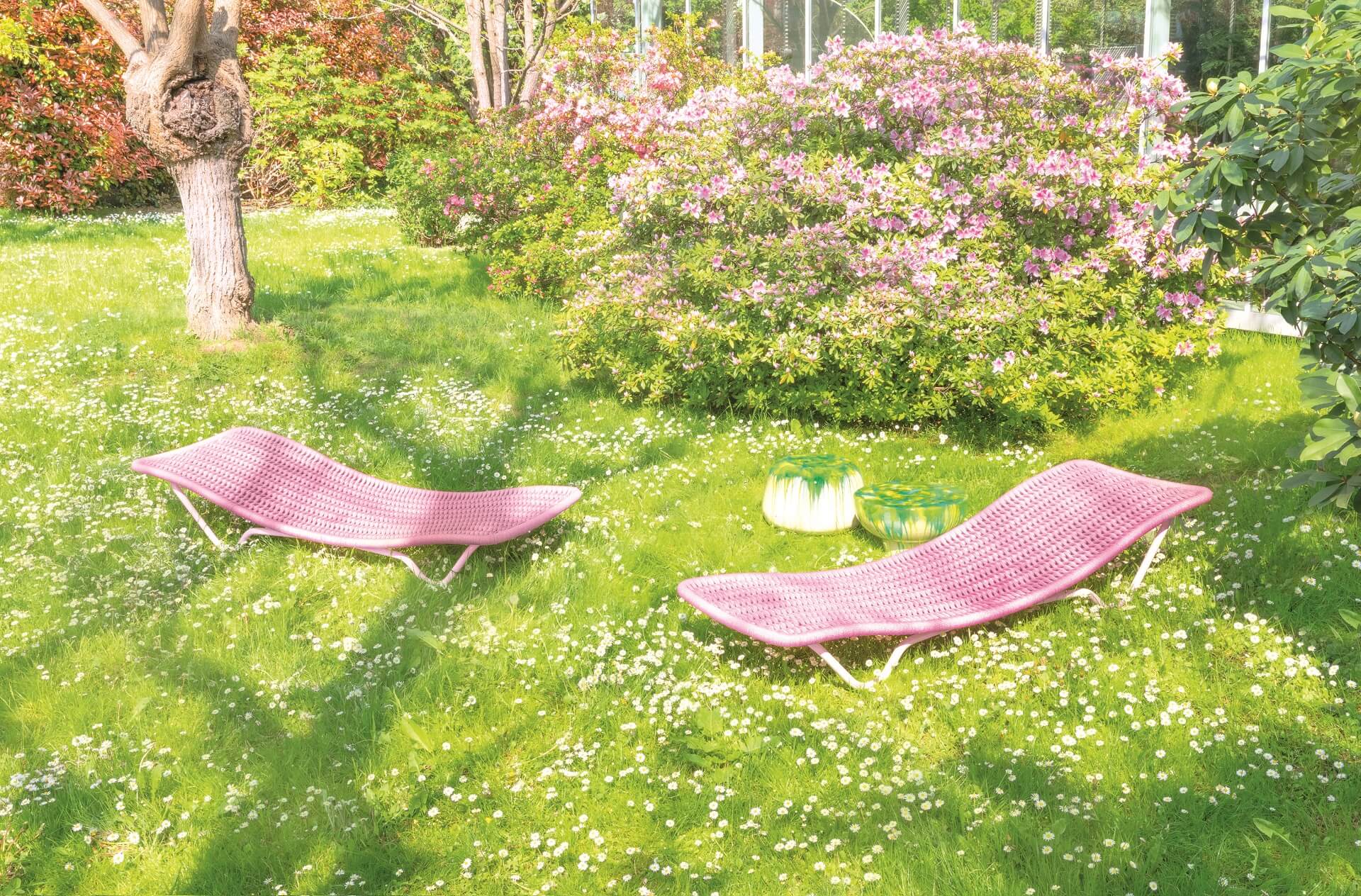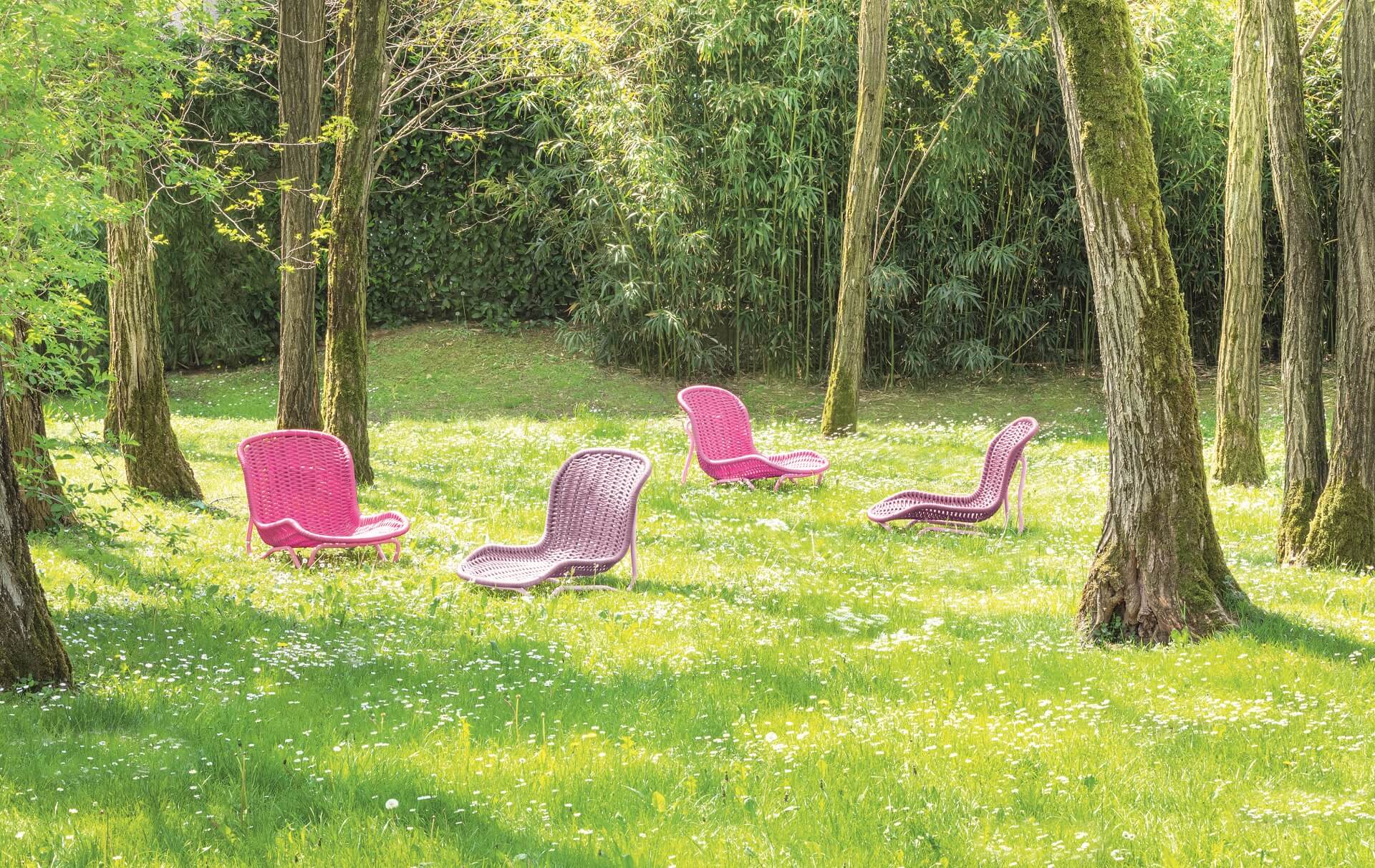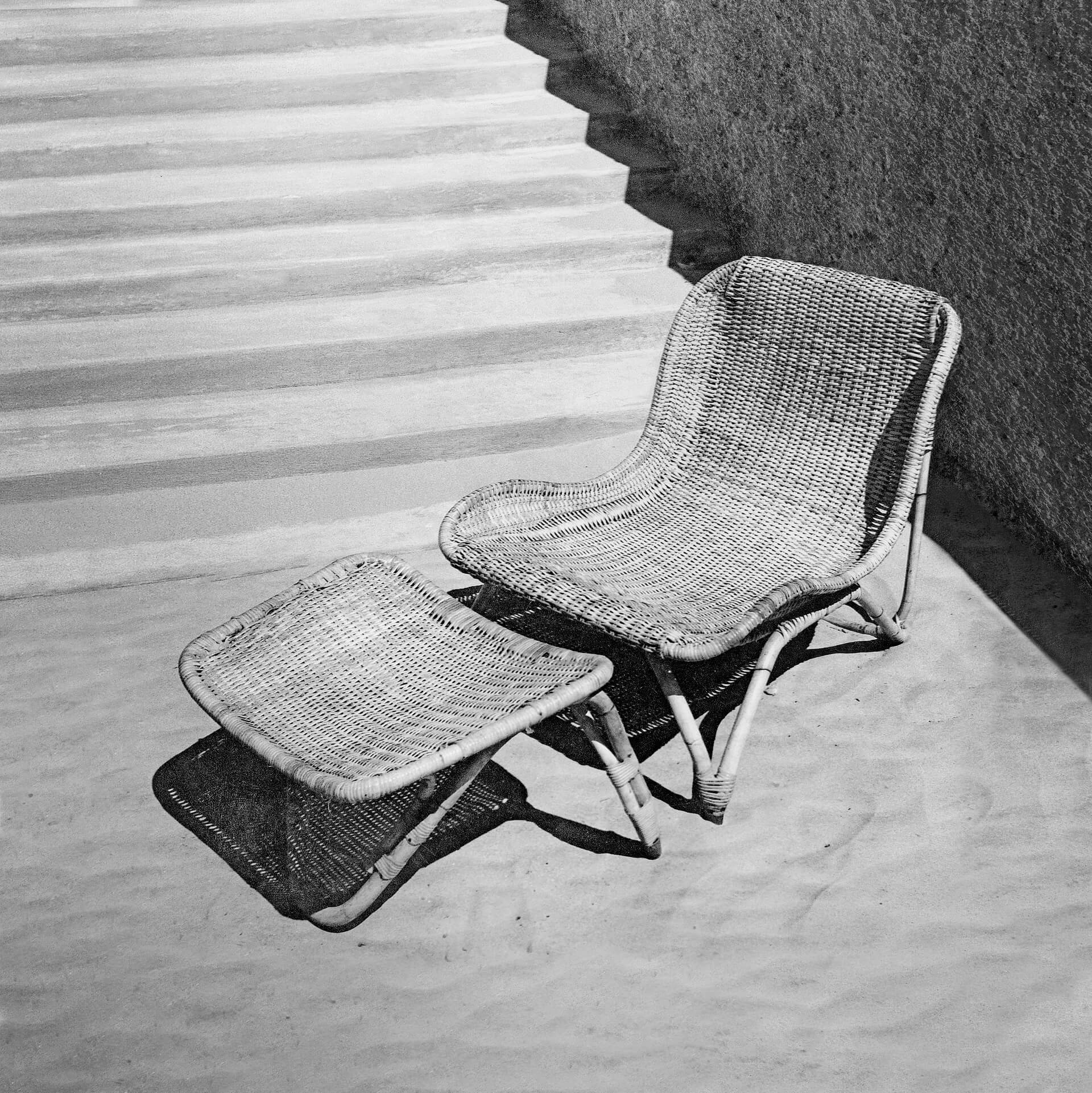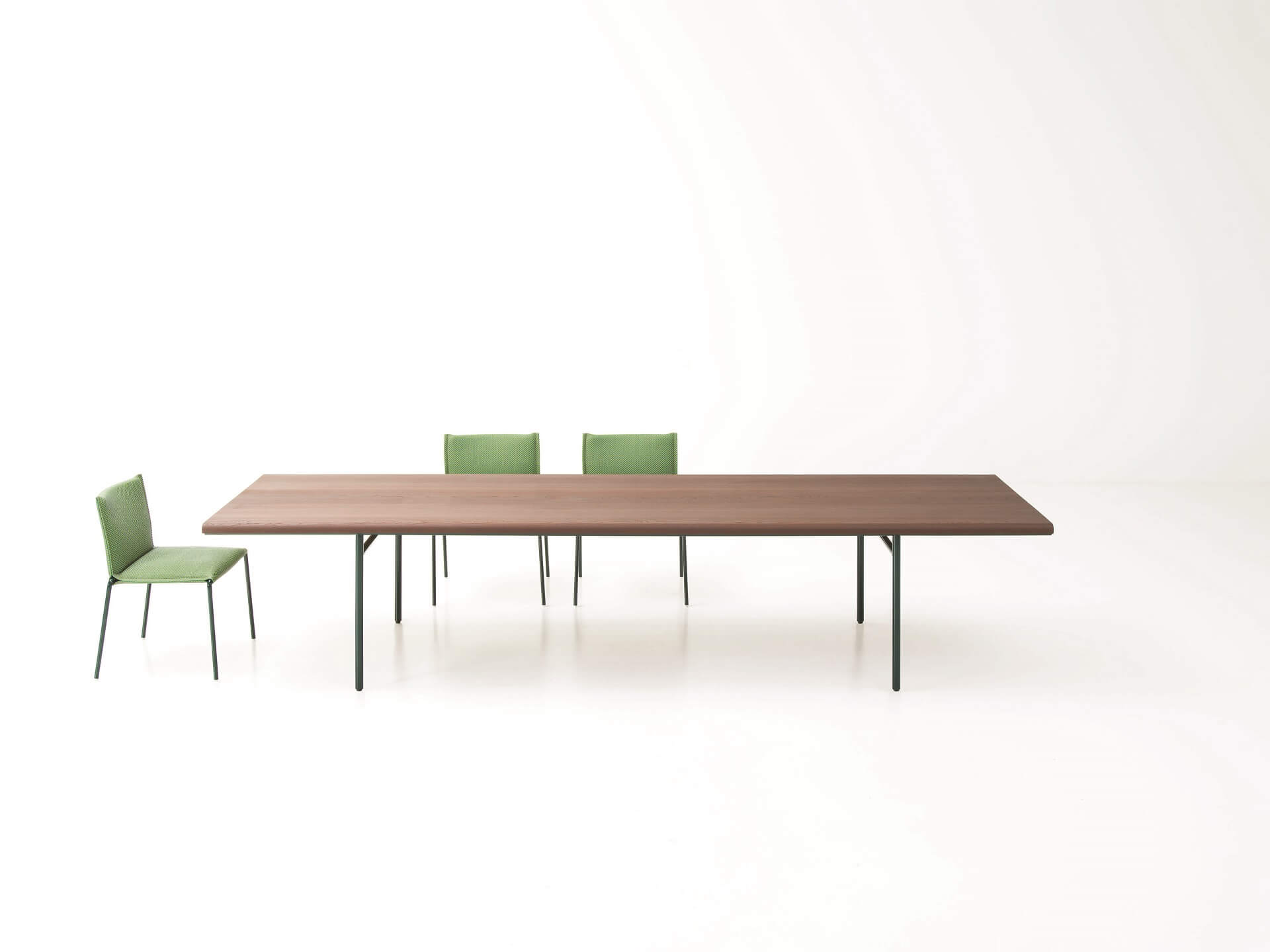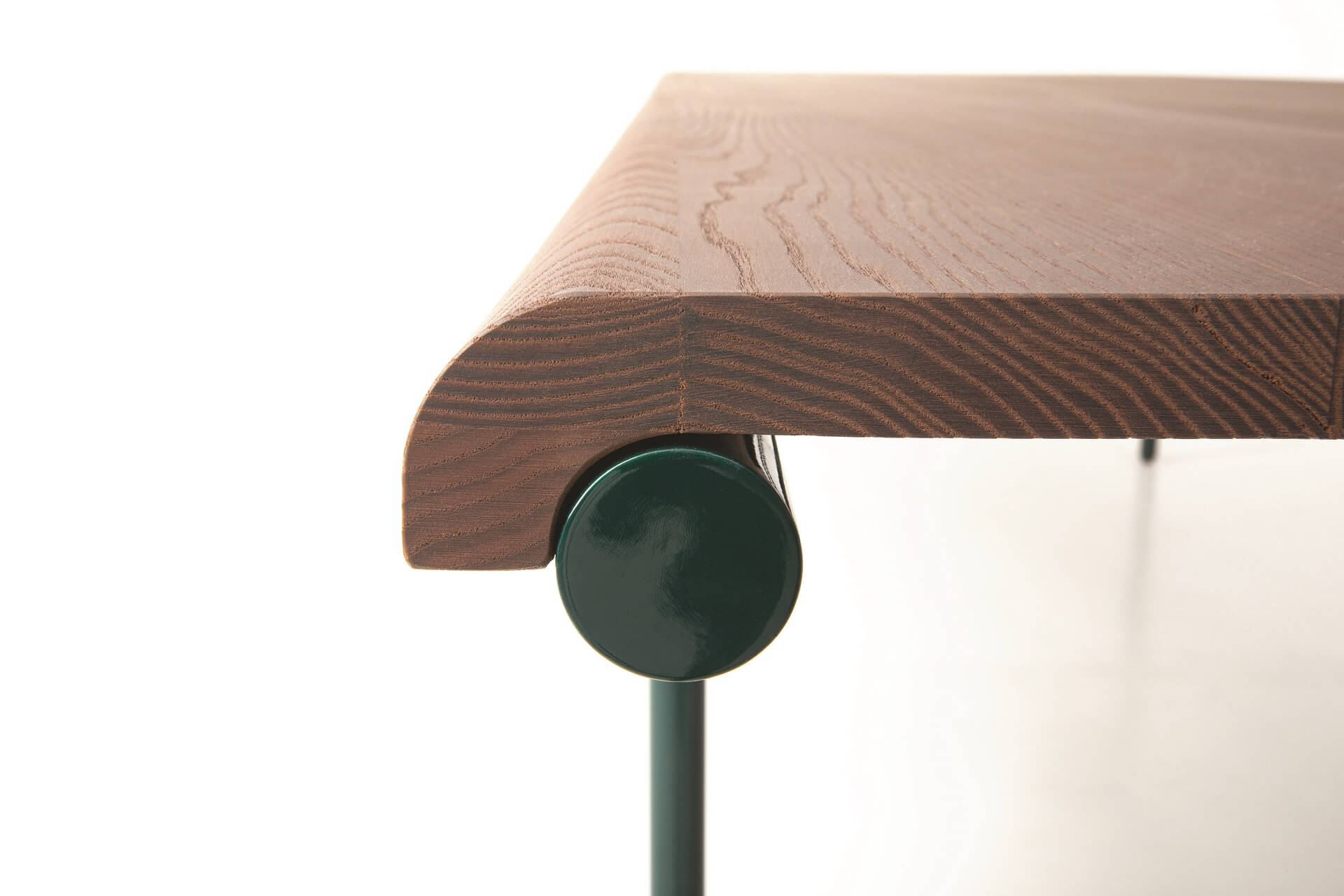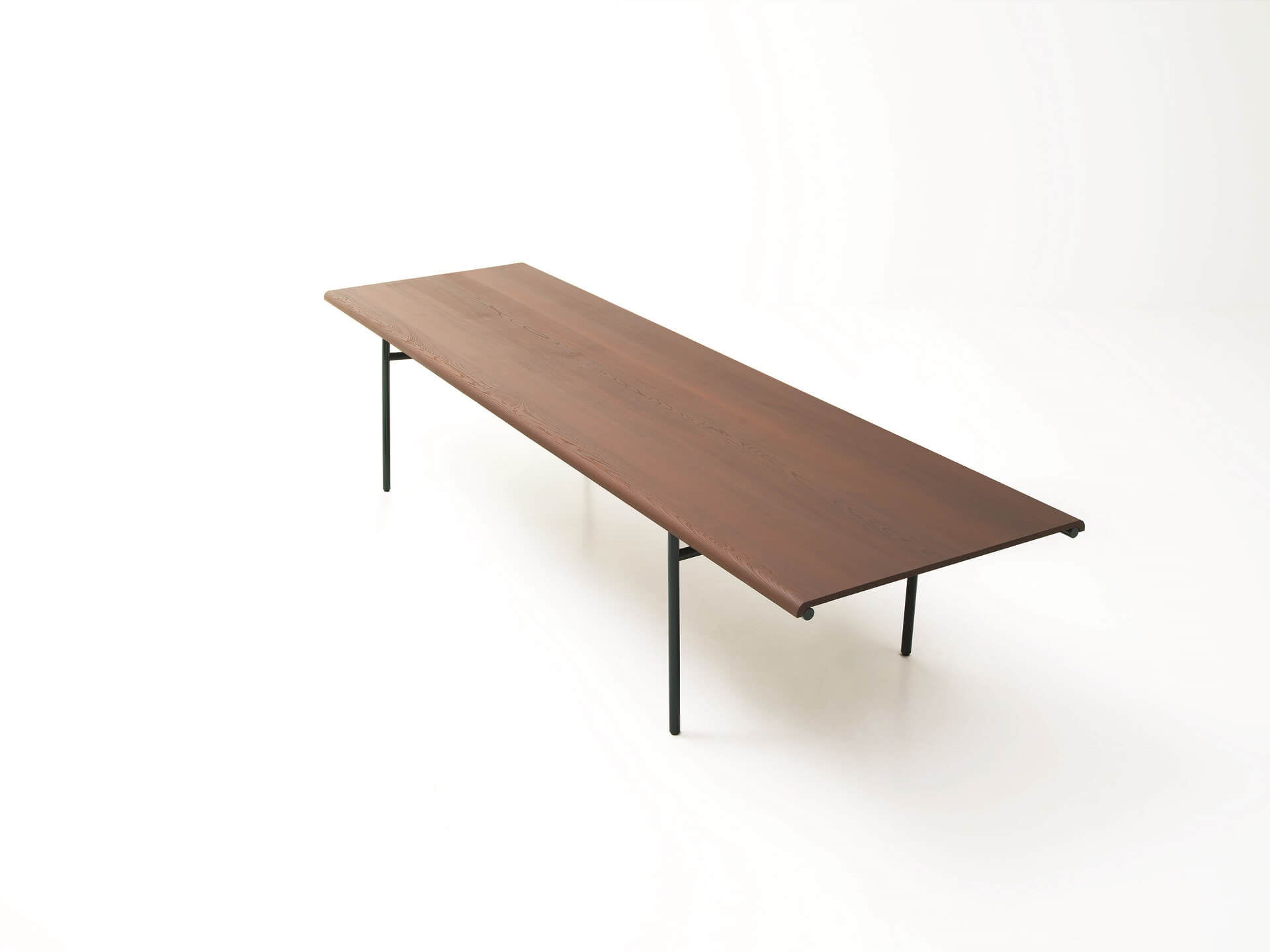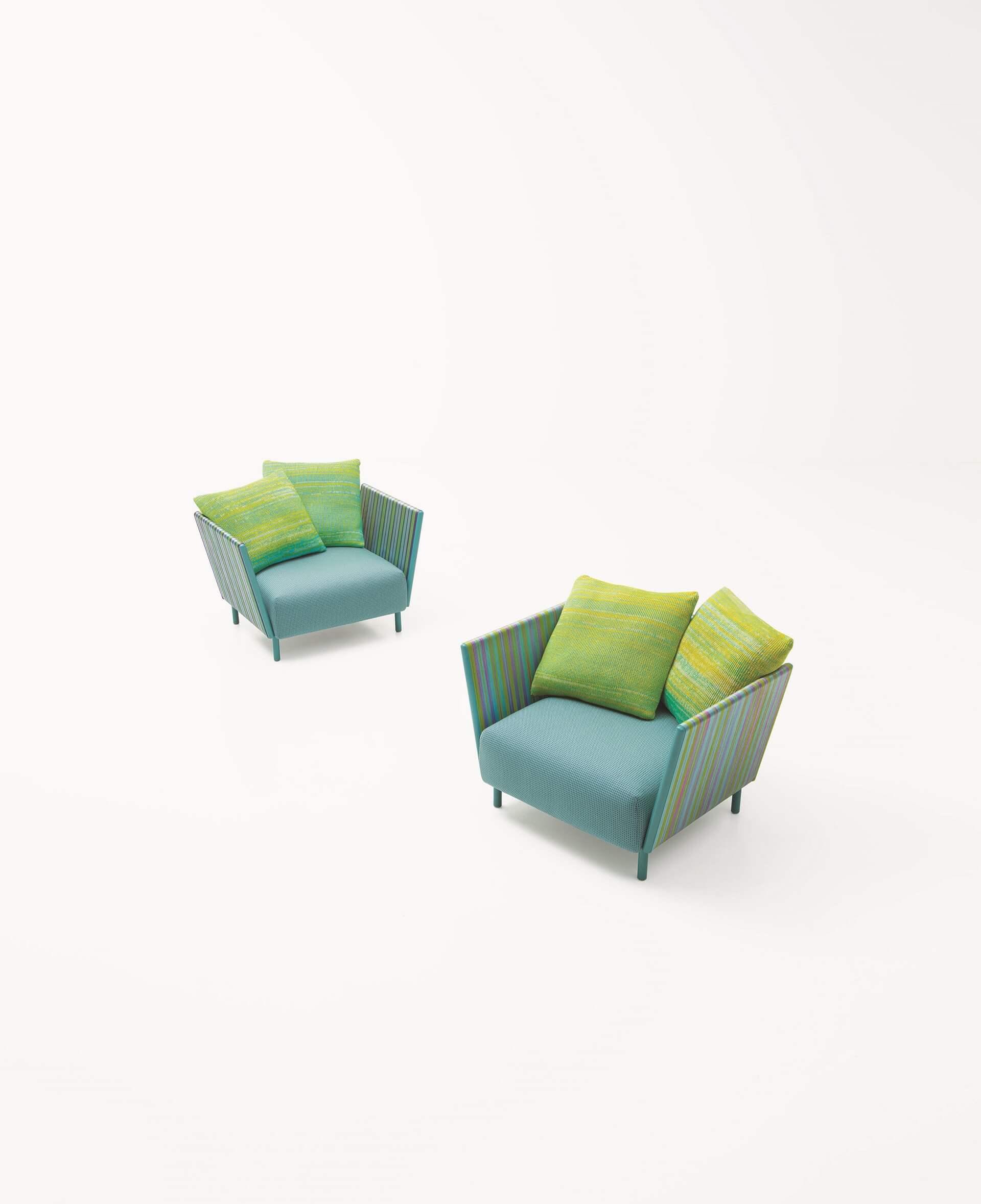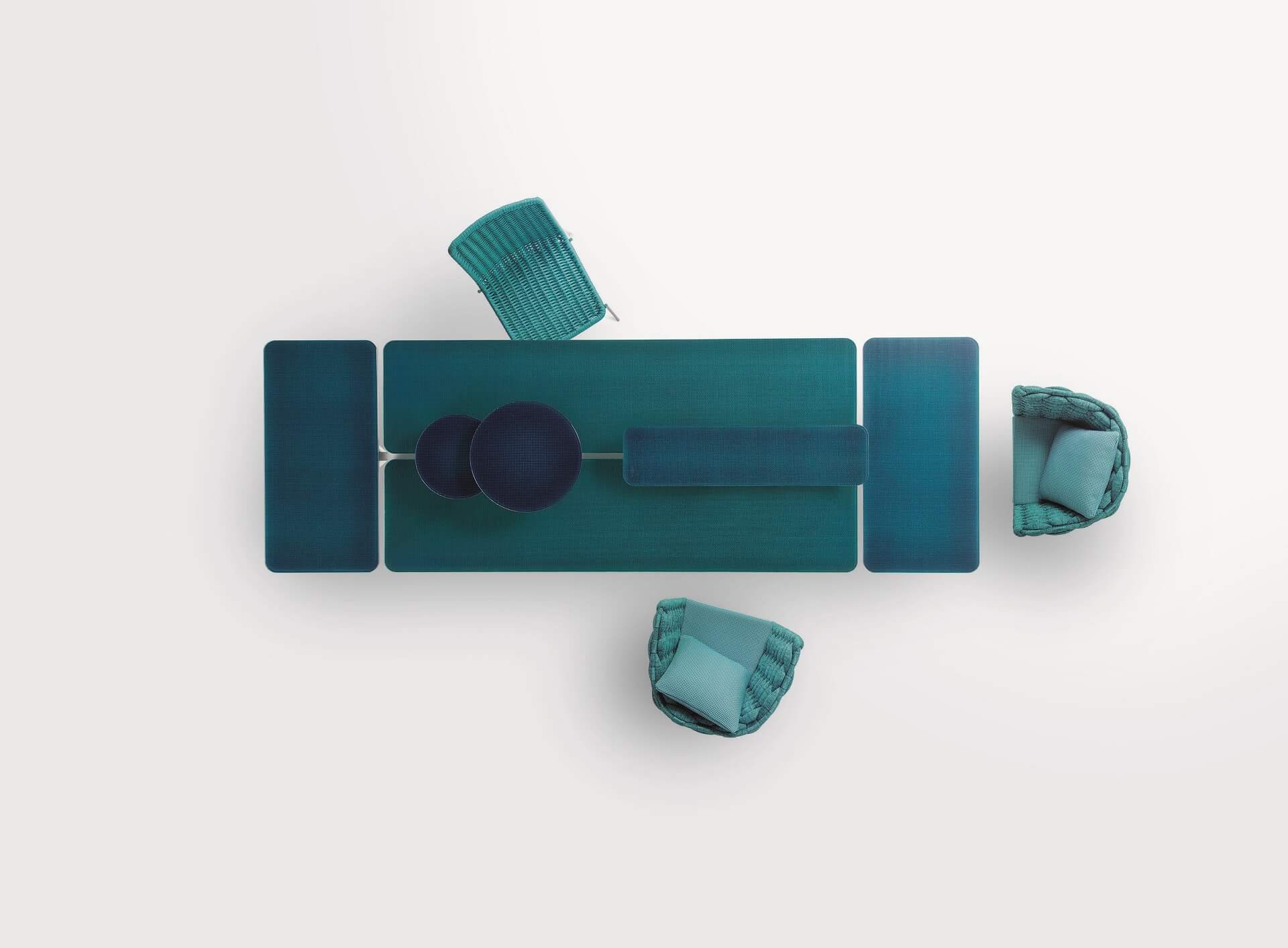Paola Lenti embraces for its new outdoor collections the philosophy of mottainai, an ancient, simple but powerful Japanese expression that refers to the Buddhist teaching about “wasting” the things of the world when one is unable to give them their proper value.
A Lifestyle of Mottainai
The ancient concept of mottainai, of not wasting, overlaps and is intertwined today with that of sustainability: not wasting thus becomes giving proper attention to the future of the world, reacting to consumerism with a lifestyle based on recycling, reuse and respect for things; an attention that translates in turn into respect for humanity itself and for the environment.
Paola Lenti, on the strength of the experience gained over many years of conscious use of raw materials, has decided to embrace this sustainability philosophy and give it a personal positive interpretation, restoring aesthetic and functional dignity to manufacturing waste, in a dialogue that combines tradition, innovation and social responsibility.
Metamorfosi Paola Lenti
From the collaboration between Paola Lenti and Brazilian designers Fernando and Humberto Campana comes a special edition of unique pieces balanced between art and design. Five seats and a tapestry shaped Paola Lenti’s thinking by proposing a more conscious use of raw materials and a renewed dialogue between innovation, craftsmanship and social responsibility.
Metamorphosis is therefore not only a design project but above all the expression of a conscious action; a choice that entailed significant changes in the production process and involved the social tailoring Atelier CouLture Migrante in Como, with the aim of providing an opportunity for job placement to people at risk of social exclusion.
For a company like Paola Lenti, which makes its own fabrics, the production of waste is inevitable. What has always been considered a problem is now transformed into an asset with extraordinary potential.
“Walking around our sheds, I can’t stop myself from retrieving some leftover fabric thrown into the waste basket,” Paola Lenti says, “not only because I believe that reuse is a value, but also because I think that the combination of different colors and shapes has an unpredictable beauty in it. And if scraps stimulate the imagination, how is it possible to consider them materials to be thrown away?”
To make the upholstery for the Metamorfosi seats, leftovers remaining after the processing of fabrics and ropes are recovered and sewn onto a synthetic felt, derived from the recycling of polyethylene bottles, to form designs and textures that are different each time. The upholstery is made of recyclable polyethylene foam mixed with Aerelle ®blue, the polyester fiber derived from the recovery of abandoned single-use plastics, collected before they reach rivers and oceans and processed through a modern industrial procedure, certified with an EU Ecolabel label and verified in traceability according to the GRS, Global Recycled Standard.
“Metamorphosis,” Lenti further recounts, “is an awareness-raising. In a historical period characterized by limited access to raw materials, the design of this new collection is a concrete and authentic proposal that brings us back to values culturally close to our recent past, when reusing objects and materials was considered a value as well as a duty.”
Alicia
Prominent among the products in the Metamorphosis collection is Alicia, a large informal seat with a back composed of movable cylindrical elements inspired by the tentacles of the Alicia Mirabilis, a characteristic species of the Mediterranean Sea that expands up to several meters in height at night in a visually striking natural spectacle.
The upholstery consists of a blend of recyclable polyethylene foam and recycled polyester fiber. The outer seat cover is removable and is made of a synthetic felt to which an ever-changing pattern is applied. The backrest upholstery in Maglia Rasata is fixed and is made by recovering leftover polyester yarns from the weaving of the collection’s coverings, processed to produce a tubular elastic knit.
Bruco
Bruco is a seat with symmetrical side backs that resembles the round, elongated shape of a caterpillar waiting to transform into a butterfly. The upholstery consists of a blend of recyclable polyethylene foam and recycled polyester fiber. The outer cover is removable and is made from a synthetic felt to which an ever-changing pattern is applied.
Centopeia
Centopeia is a seat with a sinuous profile, like one of the many different positions a centipede can assume. The upholstery consists of a blend of recyclable polyethylene foam and recycled polyester fiber. The outer cover is removable and is made with a synthetic felt to which an ever-changing pattern is applied or with Maglia Rasata, a tubular elastic knit obtained by recovering leftover polyester yarns from the weaving of collection covers.
Chromodoris
The Chromodoris, a colorful as well as fascinating marine mollusk, is the inspiration for Chromodoro, a seat with a movable backrest formed by a single, large cylindrical element that can be positioned as desired, free in movement like the sinuous body of the animal from which it takes its name.
The filling is made of a blend of recyclable polyethylene foam and recovered polyester fiber. The outer seat cover is removable and is made from a synthetic felt to which an ever-changing pattern is applied. The backrest upholstery in Maglia Rasata is fixed and is made by salvaging leftover polyester yarns from the weaving of the collection’s upholstery, processed to produce a tubular elastic knit.
Zoide
Finally, Zoide features a backrest formed by long, shaped and movable tentacles. The upholstery consists of a blend of recyclable polyethylene foam and recycled polyester fiber. The outer cover of the seat is removable and is made from a synthetic felt to which an ever-changing pattern or fabric cutouts are applied. The backrest upholstery is fixed and is made by recovering leftover polyester yarns from the weaving of collection upholstery, processed to produce a tubular elastic knit.
Jardín Paola Lenti
Combining tradition and modernity implies a special sensitivity to the recovery of those “signs” from the past that still have the potential to be expressed. This is also a way of revealing an attitude toward sustainability: bringing a product back to life by rediscovering its value.
It is from this design thought that Jardín originated, a sincere tribute to the professionalism of the architect and designer Clara Porset, Cuban by origin and Mexican by adoption, whose original designs from over seventy years ago Paola Lenti has recovered, transforming them into a modern series of outdoor seating that has not lost its originality and natural expressive power for this reason.
The collection is inspired by a 1957 design for the Pierre Marqués Hotel in Acapulco, later presented at the XI Milan Triennale where it was awarded a silver medal. Paola Lenti has interpreted in a contemporary key, through her unmistakable style, some of the seats designed on that occasion, updating their materials without betraying their original spirit.
“I discovered Clara Porset while doing research on Luis Barragán and his extraordinary sense of color,” says Paola Lenti. “I found a photograph of Acapulco: the sea on the horizon, palm trees, and, around a hotel pool, beautiful low chairs signed by the designer. So I started looking for information about her, until I located what was left of her original designs.”
Consisting of an armchair, low armchair and lounger, the Jardín series features the original wicker weaves updated using the unique Twiggy rope that is hand woven on modern curved aluminum frames and glossy painted.
The frame, once made of curved wood, is repurposed in high-gloss painted aluminum in a variety of exclusive colors designed to match the upholstery. The result is a collection that has the flavor of old-fashioned garden furniture and technical features that are the result of the most advanced research.
Sustainability in Outdoor Living
Paola Lenti presents new products for outdoor living, new materials and new shades; an unprecedented use of fabric, which makes glass “textile” and colorful; decorations and handwork that make every single piece made in Meda unique and exclusive.
Suzanne
Suzanne is the table designed by Vincent Van Duysen. The top is produced from heat-treated solid ash wood, which has undergone a completely ecological process that increases its dimensional stability and makes it suitable for outdoor use and gives it special shades of color. This treatment of the wood also allowed the company to study a version that can be used outdoors of the Frei seating, originally part of the Eres collection.
Filo
Filo is an outdoor seating collection designed by Francesco Rota, a series consisting of two- and three-seater armchair and sofa, suitable for even small outdoor spaces.
Twiggy
Twiggy, the most recent and most versatile evolution of Rope, replaces traditional upholstery fabrics with a sequence of parallel threads that can form more formal decorations, in regular stripes of the same or different sizes, or multicolored.
Lias
A mixture of limestone and clay decorated with a modern mosaic of ceramic fragments created by Simona Sporchia-is declined on the tops of the Giro and Heron coffee tables. The new decoration with ceramic fragments is also available for the Marna coffee tables, as an alternative to the recycled glass one.
The stoneware tops decorated by Marella Ferrera have geometries that are sometimes more abstract, sometimes traceable to stripes or polka dots, and are made brilliant by the use of glass, which gives the stoneware transparency and luminosity. In addition to tops for the new Millerighe, Pois and Frammenti series of small tables, this material can also be used as a decorative wall covering.
Esmal
Esmal, the finish on copper handcrafted in Paola Lenti’s exclusive colors by Alessandra Malfatti, decorates the new Strap coffee table tops, making them precious, unique and unrepeatable, bringing with it the flavor of completely handcrafted workmanship. The same finish is also available for the top of the Ivy indoor coffee tables.
Altopiano
Mention should be made, finally, of the Altopiano tables designed by Robin Rizzini and re-proposed with tops in Cristal, a laminated glass made by coupling two sheets of transparent extralight glass between which a layer of Brio fabric is laminated. This production technique allows the company to make the glass “textile” and to be made in the 300 shades in which Brio is available, to match the glossy paint colors available for the bases.


